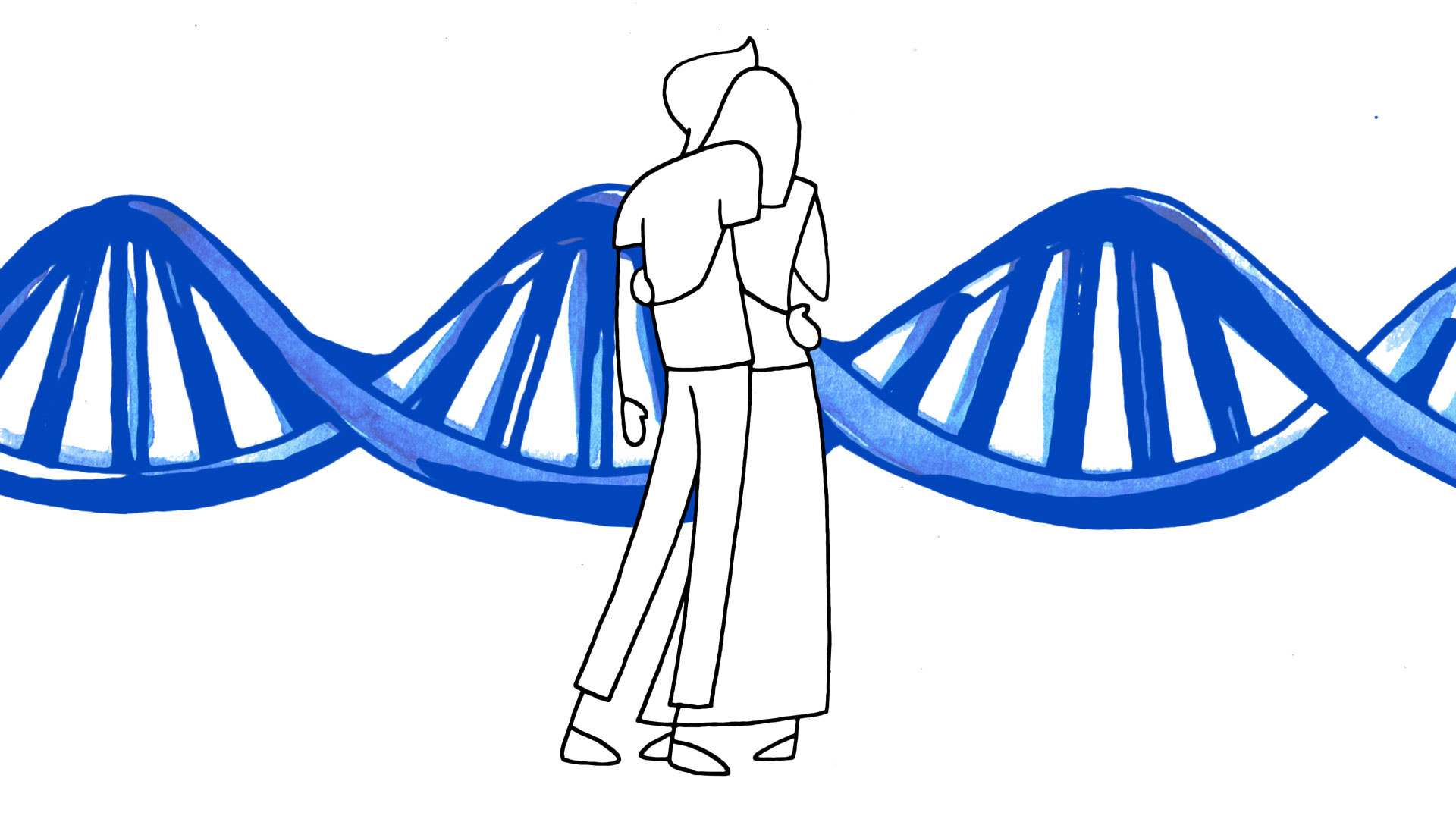6 October, 2021
Fertility terms you may not know yet IV

1. Motile sperm test

It is a complementary test to the basic semen analysis, in which the spermatozoon goes through a capacitation process, where the progressive motile sperm is separated from the immotile ones. The result of this procedure helps us to know what type of assisted human reproduction treatment is the most indicated for each patient.
2. Embryo adoption

The embryo adoption is an option for those patients who do not achieve pregnancy with their own gametes (sperm and eggs) and decide to adopt embryos. The woman will have the transfer of good quality embryo that have been donated by other patients. They have already obtained offspring through assisted human reproduction treatment and that is why they decide to donate their embryos anonymously and altruistically to other couples or single women who are willing to become parents.
3. Time-lapse Incubator

It is a new type of incubator that allows continuous observation of embryos and helps improving the embryo selection. As the embryos don´t have to be evaluated on the microscope, the culture conditions are more stable, improving embryo´s quality and increasing blastocyst formation. Thanks to this technology, we can ensure to choose the best embryo for transfer.
At HC Fertility we have Geri, a Time-lapse incubator.
4. Ovarian reserve

The ovarian reserve could be defined as the number of available eggs that a woman has. We should not mistake low ovarian reserve with low ovarian response.
The ovarian reserve can be known by performing an ultrasound of the ovary by a gynecologist, along with a blood test. In this analysis, it is checked the level of anti-Müllerian hormone that the woman has at that exact moment of her life.
At HC Fertility we offer a women’s pack where a complete study of the ovarian reserve is carried out.

5. Genetic Compatibility Test (CGT)

The Genetic Compatibility Test (CGT) is a test to detect recessive genetic diseases that can be transmitted to a future child. The couple may be healthy, but they may carry different recessive genetic mutations that in combination will lead to offspring with the disease. With the CGT test, the doctor is able to know the situation and act through a PGD (Preimplantation Genetic Diagnosis).

Back to blog
In other news

11 October, 2021
What are the advantages of taking embryos to blastocyst stage?
Miriam Valcarcel Embrióloga en HC Fertility Marbella ...
[Continue reading ]30 January, 2020
Can I be a father after a vasectomy?
Around 2% - 6% of men who have undergone vasectomy request a reversal. What are the options?...
[Continue reading ]


